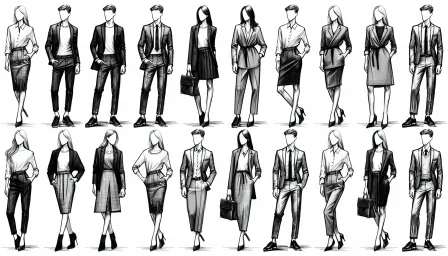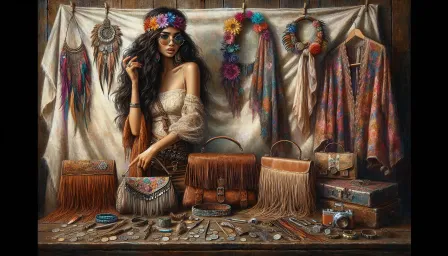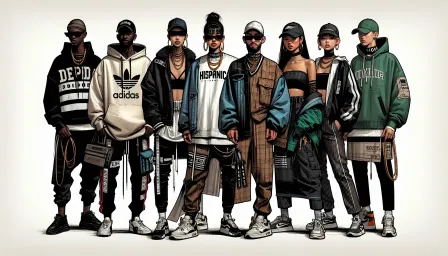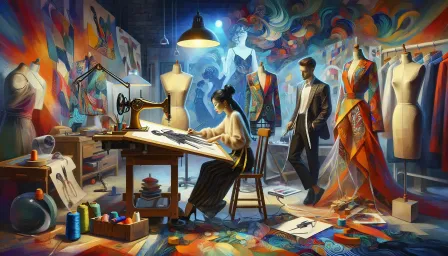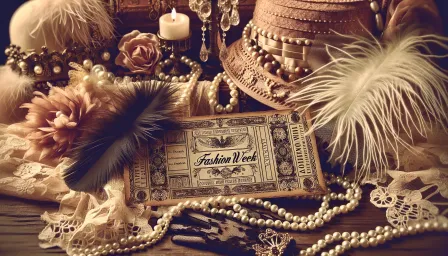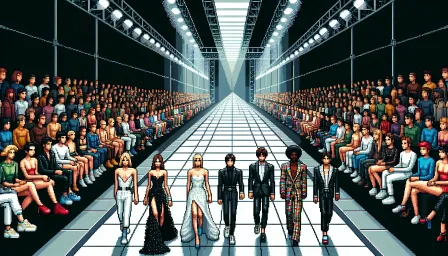The Ultimate Guide to Runway Fashion Photography: Tips & Techniques
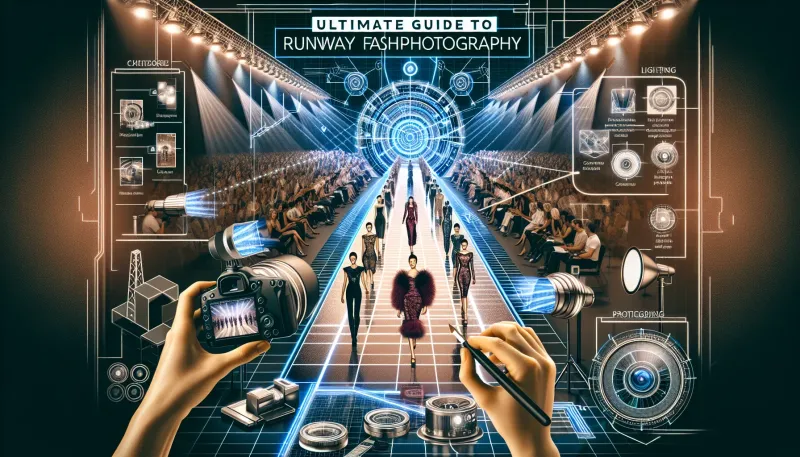
Unlock the secrets of perfect runway fashion photography with our ultimate guide. Explore valuable tips and techniques to capture stunning runway moments like a pro.
Runway fashion photography is an exhilarating yet challenging field, demanding a fine balance of technical prowess and artistic vision. Capturing the essence of fashion shows and their fleeting moments requires skill, planning, and adaptability. Whether you are an aspiring photographer or a seasoned professional, this guide will provide you with essential tips and techniques to elevate your runway fashion photography.
Understanding Runway Fashion Photography
Runway fashion photography focuses on capturing live fashion shows, where models showcase designers' latest collections. The goal is to document every moment, from the intricate details of the garments to the overall ambiance of the event. To master this domain, photographers must understand both technical aspects and the fashion industry's nuances.
Pre-Show Preparations
Research the Designers and Collections
Familiarize yourself with the designers and their collections presented at the show. Understand the themes, colors, and styles to anticipate key moments worth capturing. This will not only enhance your shots but also help you align your vision with the designers' intentions.
Plan Your Equipment
Ensure your photography gear is suited for runway conditions. Here's a rundown of essential equipment:
- Camera: A DSLR or mirrorless camera with fast autofocus and high ISO performance.
- Lenses: A combination of wide-angle lenses (24-70mm) and telephoto lenses (70-200mm) for diverse shots.
- Backup Gear: Extra batteries, memory cards, and a second camera body in case of technical failures.
Location Scouting
Arrive early to scout the venue. Identify optimal shooting angles, lighting conditions, and potential obstructions. Knowing the stage layout and seating arrangements will help you position yourself for the best shots.
Capturing the Perfect Shot
Mastering Camera Settings
Using the right camera settings is crucial to capturing high-quality runway photos:
- Shutter Speed: Aim for a fast shutter speed (1/250s or higher) to freeze the motion of moving models.
- Aperture: Use a wide aperture (f/2.8 to f/4) to create a shallow depth of field, highlighting the subjects while blurring the background.
- ISO: Adjust your ISO settings based on the lighting conditions. Higher ISO is usually needed for low-light runway shows.
Understanding Lighting
Runway lighting can be challenging due to its constantly changing nature. Here are some tips to manage it:
- Ambient Light: Utilize the available light setup and avoid using flash, as it can disrupt the show and result in harsh shadows.
- White Balance: Manually adjust white balance to suit the lighting conditions, preventing color casts in your images.
Capturing Key Moments
Pay attention to defining moments that encapsulate the essence of the show. Focus on the following:
- Entrance & Exit: Capture models as they enter and exit the runway; these are prime moments for dynamic shots.
- Details & Accessories: Zoom in on intricate details and accessories that accentuate the designer's work.
- Emotion & Expression: Document the emotions of models and designers, adding depth and storytelling to your photos.
Post-Show Workflow
Editing Techniques
Post-processing is as crucial as the shoot itself. Here are some techniques to enhance your runway photos:
- Color Correction: Adjust colors to reflect the true hues of the garments and the overall tone of the show.
- Noise Reduction: Use noise reduction tools to clean up high-ISO images without sacrificing quality.
- Cropping & Framing: Crop images to improve composition and remove unnecessary distractions.
Organizing Your Portfolio
Create a cohesive portfolio showcasing your best runway fashion photos. Categorize them by events or designers, and ensure high-quality resolution for both web and print purposes. An organized portfolio can significantly boost your professional reputation and attract potential clients.
Tips for Navigating Challenges
Dealing with Limited Space
Runway venues can be crowded and space-constrained. Optimize your positioning by arriving early and being mindful of other photographers. Adapt to the environment by using a monopod for stability without occupying too much space.
Handling Unpredictable Lighting
Expect fluctuating lighting conditions during the show. Continuously monitor your settings and make real-time adjustments. Shooting in RAW format will give you more flexibility during the editing process.
Networking & Building Relationships
Networking is key in the fashion industry. Build relationships with designers, models, and event organizers. A positive rapport can lead to repeat opportunities and valuable collaborations.
Conclusion
Runway fashion photography is a dynamic and rewarding field, combining technical expertise with an appreciation for fashion. By following the tips and techniques outlined in this guide, you can enhance your ability to capture stunning runway moments and create visually compelling narratives. Remember, preparation, adaptability, and a keen eye for detail are your best allies in this exhilarating journey. Happy shooting!




